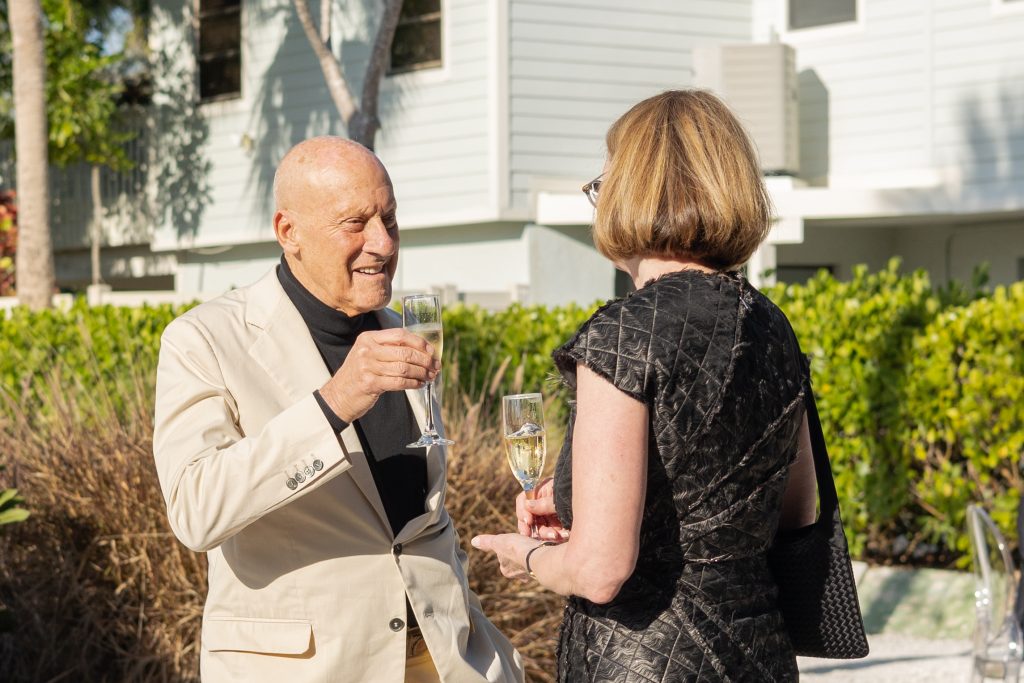Constructing Worlds: Photography and Architecture in the Modern Age
From the skyscrapers of NYC to a bridge over the Yangtze River, 18 photographers explore our relationship with manmade structures

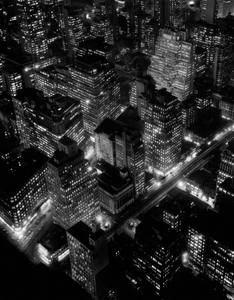
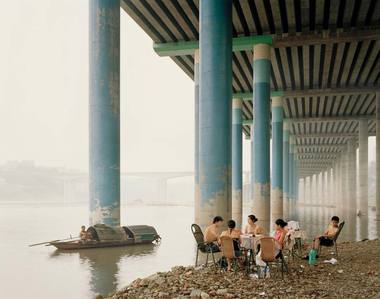
In a new exhibition at London’s Barbican art gallery, the enduring and fascinating relationship between photography and architecture is explored through the works of 18 photographers. The images on display show a wide variety of manmade landscapes: the bright lights of newly built New York skyscrapers—seen from above—illuminate the night sky, creating one of the many iconic images that have come to cement the city’s position as the ultimate metropolis. A family picnics under an enormous bridge at the calm edge of China’s Yangtze River; two elegant women converse in a glass living room overlooking Los Angeles in the 1960s; a small boy poses next to the arm from an overturned statue of Saddam in Baghdad. Brought together, the images reveal changes not just in architecture, but in the way we live.
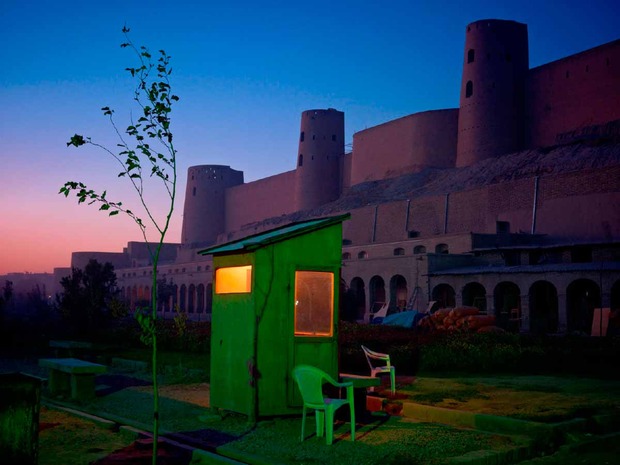
We live in an image-saturated world and our interest in and curiosity about the world grows. Architectural photography reflects the human condition and how we live.
“The relationship between architecture and photography has always been co-dependent,” says co-curator Alona Pardo. “It has been, and still is, a compelling subject because architecture forms the backdrop to our lives. We live in an image-saturated world and our interest in and curiosity about the world grows. Architectural photography reflects the human condition and how we live.”

The photos in the show are arranged in chronological order, starting with Berenice Abbott’s pictures of New York, taken in 1935-39 as she observed the city’s transformation into the metropolis it is today. Some of her photos are so familiar to us they could have been taken much more recently; others show the beginning of buildings such as the Rockefeller Center, as the skyscrapers began their ascent. The show then segues into the documentary photography of Walker Evans, whose images of the Deep South in the 1930s are striking in their everydayness—and look ancient compared to the New York images. Also represented is Stephen Shore, who documented US main streets in the 1970s to “show people what they were not seeing.”
Seeing the photographs in the order they were taken gives the viewer an appreciation of how architectural photography has developed, both subject-wise and technically. Andreas Gursky’s picture “Paris, Montparnasse,” (1993) for example, uses digital manipulation in order to avoid perspectival distortion of the building, combining two photographs into a single image.

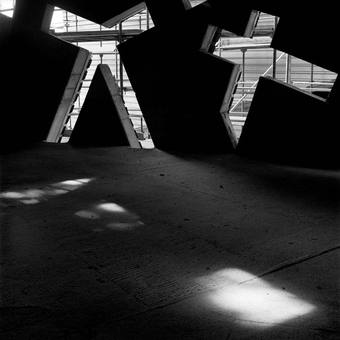
As the exhibition moves forward in time, the photographers chosen are often ones that focus on more abstract representations of architecture, like Hélène Binet’s images of the Jewish Museum in Berlin. The weight of history on the images is perhaps most evident in Hiroshi Sugimoto’s ghostly, blurred picture of the World Trade Center, taken four years before it would fall, but the way the exhibition is curated creates a more encompassing sense of history than that found in individual pictures. “The photographs in the show take us on a journey, and they all use different means to tell us different stories,” Pardo explains.
The last portion of the show is dedicated to today’s emerging cities, giving an insight into the quick, constant changes happening globally, whether it is the Disney-like houses appearing in cities in Afghanistan or the infrastructure being built around and on the Yangtze river. Pardo believes that the most interesting architectural photography now will continue to come from emerging countries. “The exhibition starts in New York in the 1930s, when it was becoming a metropolis, but the western world now doesn’t have the unprecedented modernization and expansion that’s happening in China and Africa, for example. There are more compelling narratives to be told in emerging cities, more dirt and grime, and you can get a greater variation in subjects in places like Africa. And the colors are better—all the sun.”

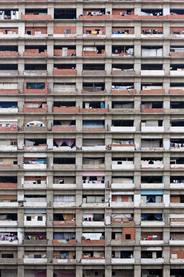
The very last pictures in “Constructing Worlds” are Iwan Baan’s “Torre David” series, documenting the people living in the decaying “Torre David” Centro Financiero Confinanzas in Caracas, Venezuela. The images were taken in 2011; this summer the last residents were evicted, making the series another documentation of a time that was and has now passed—a fitting end to a show about a world in constant flux.
“Constructing Worlds” is on display now until 11 January 2015 at London’s Barbican art gallery, located at Silk St, London EC2Y 8DS.
Installation images courtesy of Barbican, images of artworks courtesy of each respective artist
